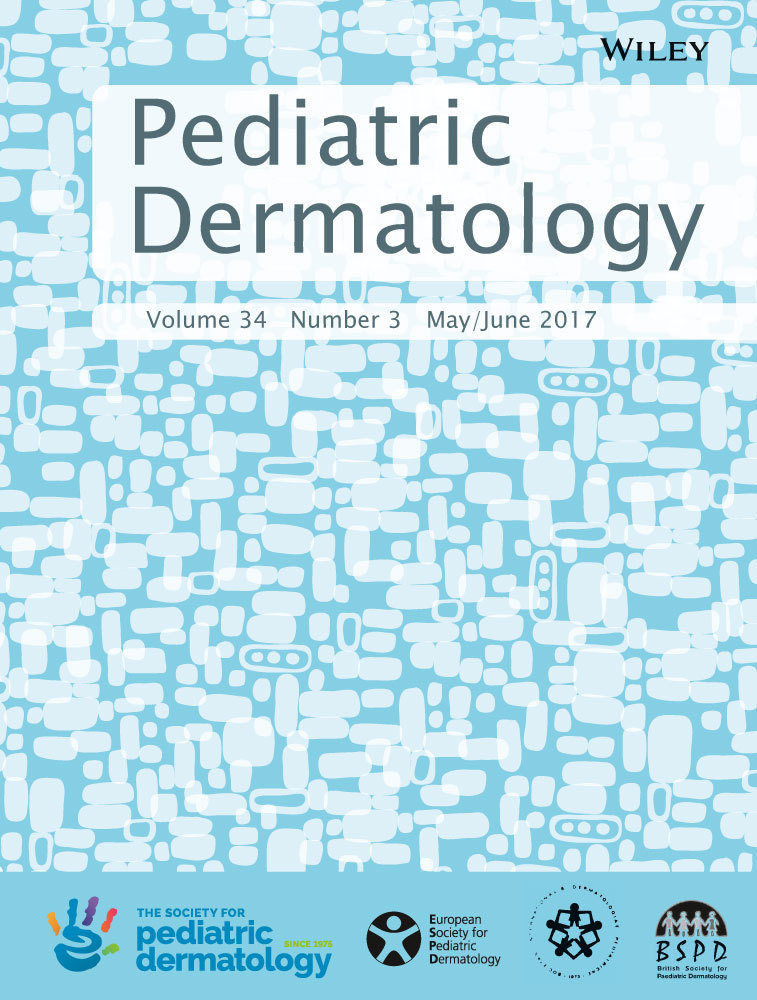Dermoscopic Findings of an Unusual Acral Nevus on the Hand of a Child
Abstract
Distinguishing benign acral nevi from small early acral melanomas may be challenging in certain cases. Dermoscopy is a noninvasive imaging technique that can help clinicians better visualize deeper lesion structures and thus more easily differentiate benign nevi from melanoma. We report the case of a 13-year-old girl with a changing dark brown to black macule with a central papular component on the volar surface of the right third finger. Dermoscopy revealed asymmetrically distributed irregular black blotches on a bluish-black background. Histopathology revealed a traumatized compound melanocytic nevus. Certain melanocytic nevi, although histologically benign, may not conform to the limited selection of reassuring benign dermoscopic patterns. Nevi in children are often dynamic and have a high likelihood of dermoscopic change.




